Background
On September 11th, 2001 an Islamic terrorist group called al-Qaeda targeted the World Trade Center in New York City, New York. It was a series of airline hijackings and suicide attacks. There were a total of four commercial planes that were hijacked by 19 terrorists. At 8:46 am Flight 11 was hijacked and crashed into the North Tower which was the first World Trade Center. 17 minutes later at 9:03, Flight 175 hit South Tower. At the time of the attacks somewhere between 16,400-18,000 people were in those two buildings combined. On top of that, a third plane (Flight 77) hit the Pentagon in Arlington, Virginia. When finding out about the news, people on the fourth plane (Flight 93), which was headed towards The White House, fought back and crashed in western Pennsylvania. The impact ultimately made both towers collapse due to the fires and damage. Unfortunately, 2,977 people ended up dying in the attack overall, while 2,753 of these individuals were in New York (“9/11 FAQs”). Additionally, first responders such as police and fire departments were urgent to the scene of the attacks and over 400 of these individuals were killed (Bergen). The effects of the attacks were not only physically impacting, but also had emotional effects on two-thirds of Americans. This day was so significant that about 97% of Americans can specifically recall what they were doing in the moment that they heard about the attacks (Rosenberg).
“These acts of mass murder were intended to frighten our nation into chaos and retreat. But they have failed. Our country is strong. A great people has been moved to defend a great nation.”
Former President George W. Bush on Sept. 11, 2001. (Gore)
“Terrorist attacks can shake the foundations of our biggest buildings, but they cannot touch the foundation of America. These acts shatter steel, but they cannot dent the steel of American resolve.”
Former President George W. Bush (September 11 Attacks: Facts, Background & Impact)
The Memorial
The memorial is now known as Memorial Plaza and is located in New York City, New York. It holds two pools exactly where the North and South Tower used to stand. Additionally, there are 30-foot waterfalls into said reflecting pools. The names of the individuals who were killed in these attacks, and people who had died in the 1993 bombing of the World Trade Center, are printed on the edges of these pools. On North Pool, lie the names of the individuals who were in World Trade Center North, Flight 11 and people who died on February 26th, 1993. On South Pool, the edges of the pool have the names of the individuals who were in World Trade Center South, Flight 175, Pentagon, Flight 77, Flight 93 and first responders (Friedman). The overall design shows the missing buildings and emptiness that is held in those spots where the buildings used to stand. Additionally, there is also a museum with numerous different stories and artifacts from the day of the attack. On top of the focus point of the two pools and museum, there are two other sights, the Survivor Tree and the 9/11 Memorial Glade. One Callery pear tree was discovered in October 2001 underneath the collapsed and rubble of the collapsed towers. The tree was nursed back to health and returned to Memorial Plaza in 2010 as a sign of resilience and perseverance. The 9/11 Memorial Glade recognizes the determination and perseverance of the individuals that worked on recovery efforts at the three sites. This includes the first responders and recovery workers, relief workers and volunteers, World Trade Center survivors, lower Manhattan residents, students and workers and people who cleaned buildings in the vicinity of Ground Zero (“About the Memorial”). “Ground Zero ” is a term referred to as the remaining area. “After the devastating attacks at the World Trade Center in September 2001, the site surrounding the Twin Towers that was impacted by the plane crashes was named “Ground Zero”, or “The Pile” to refer to the rubble that was left in the wake of the terrorist attacks” (“9/11 Ground Zero: Where Humanity Survived”).
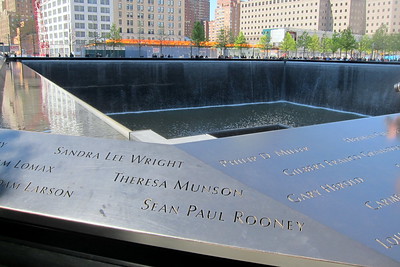
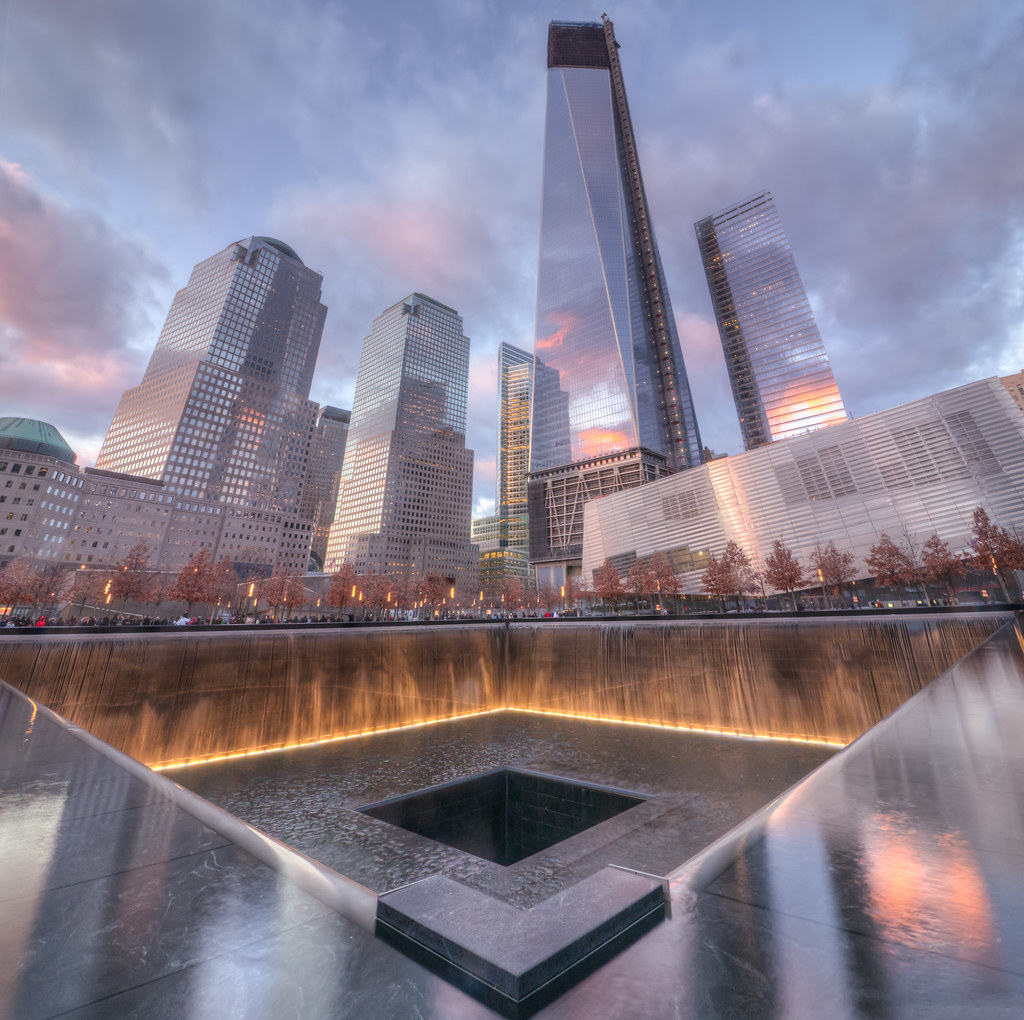
Designers
The designers for the 9/11 Memorial in New York City, NY were two architects named Micheal Brad and Peter Walker. The opening of the memorial was on September 11th 2011, which marks the 10th year anniversary of the 9/11 attacks.
Alternative Designs
There were over 5,000 submissions from 63 countries to the international design competition for the overall design of the memorial. This competition was held by the Lower Manhattan Development Corporation (“10 Glimpses of the 9/11 Memorial that Could Have Been”). Some other options for this memorial were:
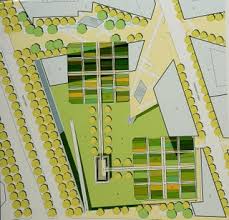
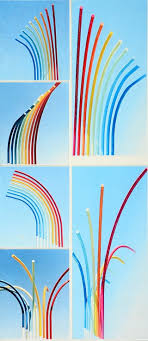
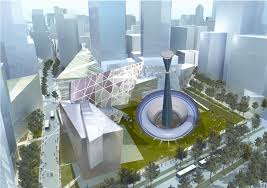
Message
The message that the monument is sending is honoring the “people who are no longer with us because a group of Islamist terrorists took them from us far too soon” (Blais, Rasic). Additionally, it lets their lives be remembered for future generations so they are never forgotten. Above all, the museum powerfully narrates the story of survival. “symbolizing a narrative of American identity that dominates in the museum – the can-do, don’t give up spirit of resiliency that we need as a narrative here, one that helps us screen out the brutal American actions that were taken in revenge for 9/11” (Sturken).
“Nobody ever wants to forget those people who passed away that day. Those people were brothers, wives, mothers, sisters, friends. And those people should be remembered in every way possible.
Jillian Suarez (Victim Ramon Suarez’s Daughter)
Initial Thoughts
When first built, this deeply moving monument revleaved much emotion and compassion. Loved ones were able to see their victims’ names written on the pools, and everyone saw the missing space where the two towers used to stand. Individuals felt a sense of emptiness as the pools left an outline of something that used to be extraordinary. “It should not be surprising that it is in telling the story of the actual day of September 11, 2001” (Sturken). It unfolds the most compelling stories and confusion that occurred on the day of the attack. It shows the compassion, resilience and sacrifice that individuals and victims faced that day, and following days after the attack. “In the stories told here, visitors see and hear details that are chilling, and they are reminded of the initial confusion as the events unfolded” (Sturken). Visiting the pools initially reminded everyone of the empty gap that is left in their hearts along with physically left in the middle of New York City.
Current Thoughts
After looking at a blog by Amy and Andrew, it is clear that even today people think of the memorial to be a peaceful and well displayed memorial. Additionally, the comments follow this path as many shared their own stories of how they remember September 11th, 2001 and how the memorial is difficult to see, but important to go and remember the events and lives that were lost.
The views of this monument have not been changed since it has been put up. When it was originally put up, the effects and visuals of the memorial might have been significantly more heartbreaking since it was closer to the time of the event. Now that people have had the time to deal with the grief, it could be easier to go and memorialize. Although it might still be extremely hard to look at, it won’t be as breaking since it was put up over 10 years ago.
In conclusion, the 9/11 Memorial stands as a reminder of the lives lost and the resilience of the American spirit. It reflects and tributes the victims and heroes of the 9/11 attacks. Despite the numerous alternative designs, the chosen design emphasizes the loss and a symbol of strength and unity.
References
“10 Glimpses of the 9/11 Memorial That Could Have Been.” Vanity Fair, Vanity Fair, 9 Sept. 2016, www.vanityfair.com/news/photos/2016/09/the-911-memorial-that-could-have-been.
“9/11 FAQs.” 9/11 FAQs | National September 11 Memorial & Museum, www.911memorial.org/911-faqs. Accessed 30 Apr. 2024.
“9/11 Ground Zero: Where Humanity Survived.” 911, www.memorial-911-museum-tickets.com/911-ground-zero/#. Accessed 30 Apr. 2024.
“9/11: As Events Unfold.” YouTube, YouTube, 11 Sept. 2018, www.youtube.com/watch?v=EEogeIIOJzU.
“About the Memorial.” About the Memorial | National September 11 Memorial & Museum, 911memorial.org/visit/memorial/about-memorial. Accessed 30 Apr. 2024.
Amy, Andrew. “Thoughts on Visiting the 9/11 Memorial Museum.” Our Big Fat Travel Adventure, 1 Jan. 2017, ourbigfattraveladventure.com/2016/01/12/thoughts-on-visiting-911-memorial-museum/.
Bergen, Peter L. “September 11 Attacks.” Encyclopædia Britannica, Encyclopædia Britannica, inc., 25 Apr. 2024, www.britannica.com/event/September-11-attacks.
Blais, Allison, and Lynn Rasic. A place of remembrance: Official book of the National September 11 Memorial. National Geographic Books, 2011.
Friedman, Jordan. “The Meaning Behind Arrangement of the 9/11 Memorial Names.” 9/11 Memorial & Museum , www.911memorial.org/connect/blog/meaning-behind-arrangement-911-memorial-names. Accessed 30 Apr. 2024.
Gobetz, Wally. “NYC: National September 11 Memorial.” Flickr, Yahoo!, 30 Apr. 2024, www.flickr.com/photos/wallyg/7150647113.
Gore, Leada. “‘Never Forget’: 22nd Anniversary of 9/11 Marked with Quotes, Inspiration, Memorials on Patriot Day.” Al, 11 Sept. 2023, www.al.com/news/2023/09/never-forget-22nd-anniversary-of-911-marked-with-quotes-inspiration-memorials-on-patriot-day.html#:~:text=“These%20acts%20of%20mass%20murder,”%20%2D%20Former%20President%20George%20W.
“A Look at the 9/11 Memorial.” YouTube, YouTube, 8 May 2013, www.youtube.com/watch?v=ndeXJVi1jEo.
Rosenberg, Stacy. “I. Americans and 9/11: The Personal Toll.” Pew Research Center, Pew Research Center, 5 Sept. 2002, www.pewresearch.org/politics/2002/09/05/i-americans-and-911-the-personal-toll/.
“September 11 Attacks: Facts, Background & Impact.” History.Com, A&E Television Networks, www.history.com/topics/21st-century/9-11-attacks. Accessed 30 Apr. 2024.
Sturken, Marita. “The 9/11 Memorial Museum and the Remaking of Ground Zero.” American Quarterly, vol. 67, no. 2, 2015, pp. 471–90. JSTOR, http://www.jstor.org/stable/43823084. Accessed 11 Apr. 2024.
Z, Dave. “9/11 Memorial.” Flickr, Yahoo!, 30 Apr. 2024, www.flickr.com/photos/zawrotny/8306069668.
